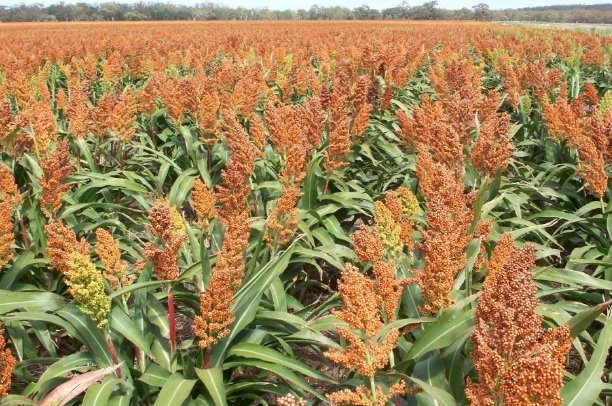Feed Grain surplus as we hurtle towards sowing
- By: "Farm Tender" News
- Cropping & Grain News
- Mar 10, 2021
- 486 views
- Share

By Angus Groves - AWB
The Northern New South Wales and Queensland sorghum harvest is starting to take shape, with many producers harvesting around the seemingly ever-present threat of storms. As the sorghum harvest progresses, the East Coast will soon face a glut of feed grains in play. With the export market largely dominated by milling grade requirements, there is fear that feed grain markets will come under significant pricing pressure in the next 4-6 weeks.
Sorghum production is only one of the supply side pressures that New South Wales is facing, with the second, and major threat coming from the persistent pest pressure from mice and weevils. Recently, growers have started to face a real burden in keeping stored grain free from pests, and the market is trying to place a lot of feed grains into a market, that simply cannot handle these quantities.
The other factor that is important to note is the recent run of wet, stormy conditions occurring through the Northern parts of New South Wales, and Southern Queensland. These cool, mild, and wet conditions are triggering a groundswell of producers looking to shift grains that were stored in temporary on-farm instruments for logistics reasons during harvest.
All this recent supply side pressure seems to be coming in the lead up to sowing. With farmers generally needed on call for sowing programs commencing in April, May and into June, many are racing the clock to empty silo bags and bunkers ahead of the planting window starting next month.
Globally, the interesting dynamic is the inverse playing out in commodity markets. This translates to markets paying more for the grain now, or within the next few months, than they would in the future months. What that tells us is that end-user markets are looking for prompt demand for commodities, rather than from the middle part of the year onwards, after the Northern Hemisphere crops are harvested.
This places Australia in an interesting spot as we have a lot of production available, given the record harvest across the East Coast in 2020, however the problem now resides in the available shipping capacity from Australian ports.
Traders are suggesting that shipping capacity is all but occupied through until the second half of the year, funnily enough, exactly when the Northern Hemisphere crop comes online. So, as it stands, the international market is demanding more wheat, but we cannot physically ship any more in the short-term due to the logistical constraints.
Tough break for Australia, after the years of battling lack of production, the year we finally catch a break with a huge harvest, and we are struggling with capacity to export the crops the world wants.
There could however be a change in this Northern Hemisphere crop suffers any production hiccups. The recent freeze across the United States for example, could translate to less wheat available in the second half of the year, or the Russian export tax stops their production from reaching international customers. As is always the case in world markets, things can change in a very short period.
https://www.awb.com.au/home









Share Ag News Via